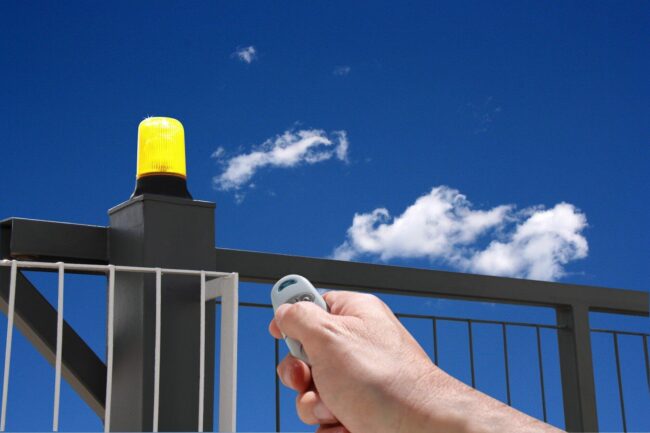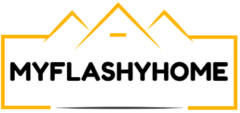
By 2025, it is estimated that 65% of American homes will include some form of smart home technology, with security cameras being the most prevalent. Smart home security systems are becoming extremely popular and no longer is there a simple focus on video recording of an intruder. A security camera is a foundational device in a fully integrated smart home ecosystem where all devices work together, including smart lights, smart locks and smart alarms. The features available – real-time notifications, facial recognition and cloud storage access, allow the homeowner to have enhanced security, and enhanced convenience of a smart home camera.
From Passive Watching to Proactive Protection
Old security systems were reactive. You would have the cameras record history and then you would have to rewatch the footage after the fact. Sometimes it was stored on a hard drive; or on that gigantic DVR that was accumulating dust and dirt in the closet. Now, smart home cameras act as proactive security systems. They have AI analysis to detect motion, identify person vs. pet, and even let you know when there is someone at your front door that you might not know. This is a more advanced and preventative stage in home security.
Video surveillance cloud storage for security cameras has forever changed the landscape of the industry. Instead of multiple hours of recordings being stored on local devices that can potentially be stolen or destroyed, smart cameras give you the ability to upload encrypted video to the cloud for viewing whenever and wherever desired. This increases security and allows for other “smart” integrations such as mobile viewing, or sharing videos with law enforcement partners.
Integration: Cameras Are Just the Beginning
Unlike security cameras of the past, the ability to communicate with another smart device is here today. Lets say your outside front door camera spots your child arriving home from school. Imagine it disables the alarm system, unlocking the front door, and turning on the lighting in the hallway. These are current real-life scenarios and not things we will see in the near future. Devices can now be joined together in ecosystems, thanks to programs such as Amazon Alexa, Google Home and Apple HomeKit.
Intelligent lighting also provides another layer of deterrent. When the cameras sense movement, the lights can simply switch on, which discourages potential intruders before they even reach. Smart locks can also respond to security alerts by simultaneously locking all entry points as well as remotely unlocking it for verified visitors with the mobile app.
Enhanced Features Elevate Everyday Security
Today’s smart cameras come loaded with features beyond basic recording. Two-way audio lets you talk through the camera directly—an excellent way to stop a porch pirate or tell a delivery driver where to leave your package. You also get infrared night vision for low-light vision and geofencing, which allows the camera to turn on or off based on the location of your phone.
Another key development is facial recognition, especially in advanced cameras that can also differentiate between family, friends, and strangers in your space and provide notifications and responses based on that detection. This kind of personalization would reduce the number of notifications that may provide false positive alerts while enhancing personalization to elicit a more natural user experience.
The Mobile-First Advantage
One of the key features of smart home security systems nowadays is mobile management. Users can use the app to see live video, receive notifications, and check back on recorded video in a few taps. The app allows users to change detection zones, revise privacy settings, and more, all in real-time. Most smart home systems allow for multiple users to have an account on the app so family members can manage home security together.
The mobile-first model not only provides control but also peace of mind. It means whether you are on holiday, at work or just out for the evening you can check your house with a few screen taps to make sure you are in control no matter where you are.
Smart Home Security Meets AI and Machine Learning
Improvements in artificial intelligence (AI) and machine learning (ML) are changing the way intelligent security systems review and analyze data and respond, in real-time. Cameras can learn over time and improve their accuracy in identifying possible threats based on normal activities on a day-to-day basis. For example, they learn when the mail carrier usually arrives and ignore that behavior while still alerting you to anything outside the ordinary.
Predictive analytics is a new frontier. With the ability to analyze historical patterns and integrate data from various smart devices, security systems could soon be capable of predicting the likelihood of a dangerous situation occurring—for example, identifying a suspicious vehicle that is continually looping around a neighborhood before an incident happens. This intelligence transforms passive observation into active protection.
The Future of Smart Home Security
Home security will be increasingly integrated, automated, and personalized. We will have systems that not only react to a threat, but also anticipate it, by devices sharing information in real time while AI performs background analysis. Additionally, privacy controls will be customized, allowing homeowners to dictate exactly what is recorded, when it is recorded, and where it is recorded.
The growing accessibility of 5G connectivity will allow more responsive smart cameras to stream even faster while providing ongoing assurance for rapid monitoring. Edge computing allows data to be processed on the device rather than in the cloud and reduces latency and alleviates privacy concerns.
Ultimately, smart home security is about more than preventing crime. It’s about homes that respond, perform efficiently, and are attentive to the demands of occupants. With intelligent surveillance as a bedrock, the smart home of the future is about not just security, but also comfort, convenience, and ease of living.
Key Takeaways
- Modern surveillance systems are now integrated into broader smart home networks.
- Since it is stored in the cloud, camera video footage can be securely accessed from anywhere.
- Features that enhance ease of use include facial recognition, two-way audio and geofencing.
- Mobile-first control and AI-driven analytics boost real-time responsiveness.
- The future of smart home security lies in personalization, automation, and predictive technology.
